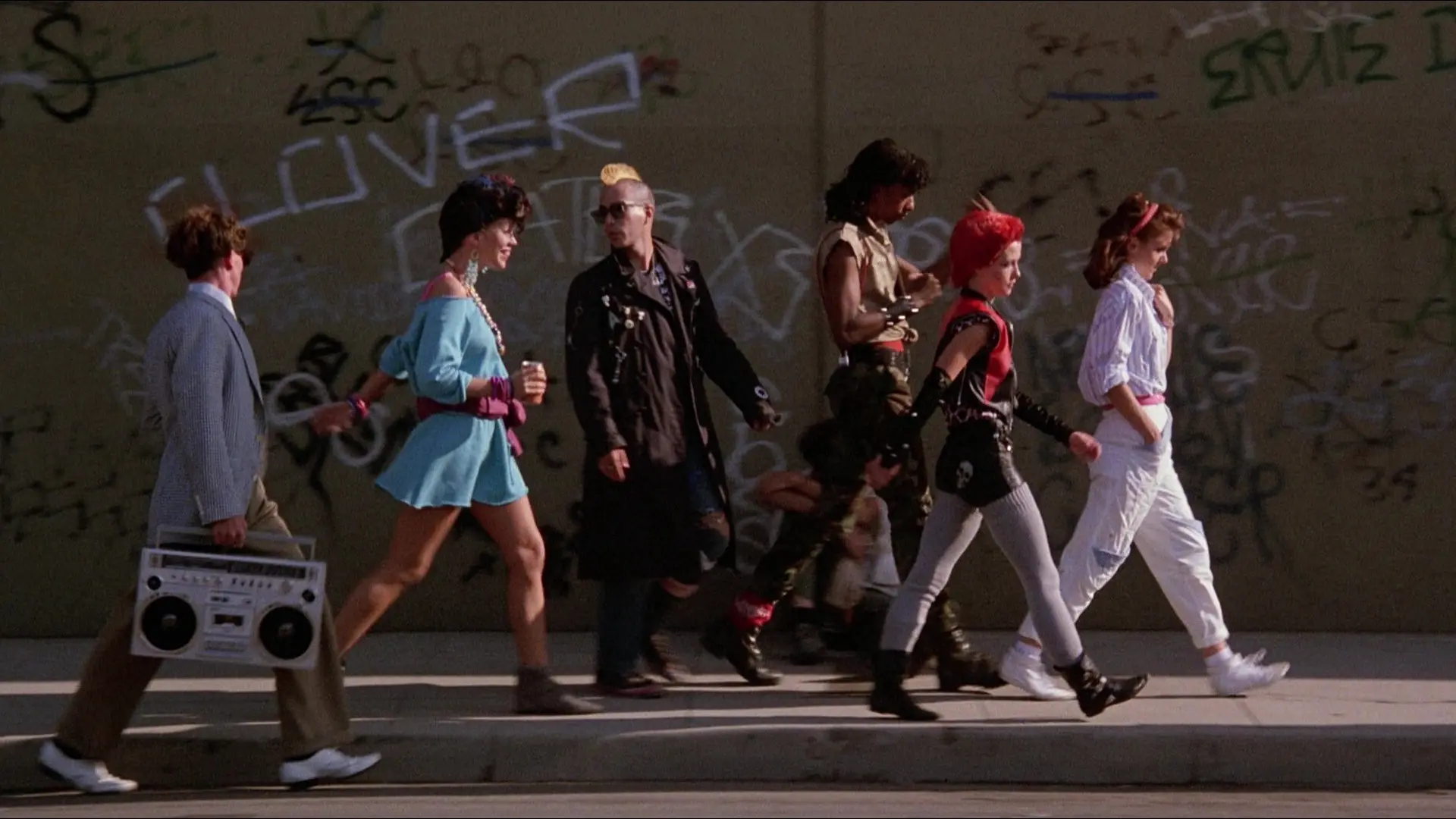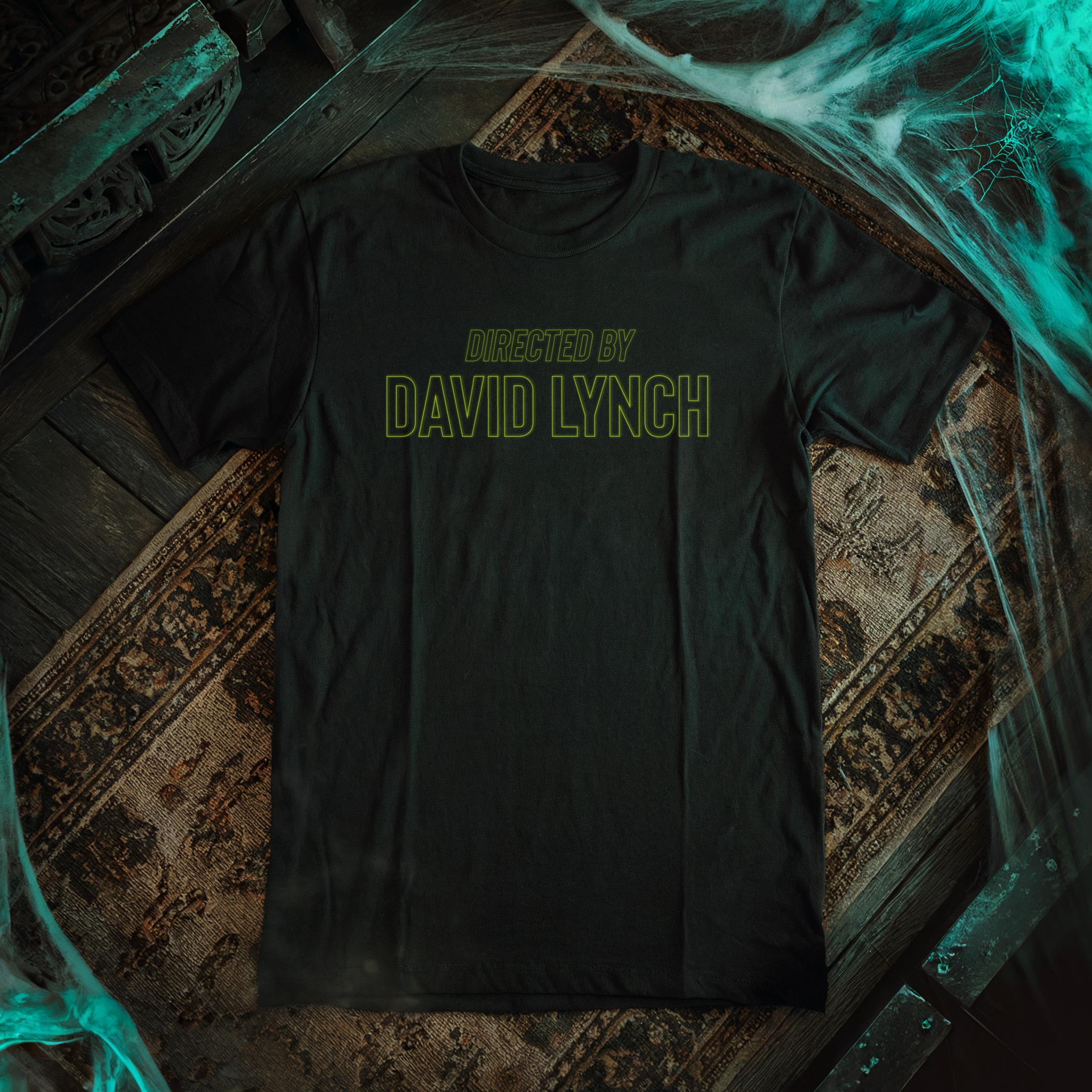Punk rock was my first true love. We met in high school and the music changed my life forever. But through my obsession of the rock n’ roll subgenre, I was able to develop a romantic affair with horror films in recent years. Horror punk bands like The Misfits based their entire careers on sci-fi and monster B-movies of the atomic age. And if it wasn’t for Municipal Waste’s song about The Thing (1982), I might have never ended watching my all-time favorite movie. Not only has horror inspired countless punk bands, the counter-culture has also inspired a number of movies, and many punk bands have provided the soundtrack to such films, like The Dickies in Killer Klowns From Outer Space (1988). There are enough movies to fill a book in fact, as documented in Destroy All Movies!!! The Complete Guide to Punks on Film.
From its inception, punks have been present in cinema of all genres. It seems like every pioneering punk band had their respective film opportunity to play themselves onscreen. The Ramones had Rock n’ Roll High School (1979), the Clash appeared in Rude Boy (1980), and the Sex Pistols starred in the mockumentary The Great Rock n’ Roll Swindle (1980). Various American punk bands were featured in the first and third installments of the documentary series The Decline of Western Civilization (1981). Down the line, iconic punk musicians were the subjects of biopics like Sid & Nancy (1986) and What We Do Is Secret (2007).
You might not be familiar with the music, but you definitely know the look: tall fluorescent-colored mohawks, silver spikes protruding from black leather, steel-toed combat boots, ripped jeans, and unusual objects dangling from their ear piercings.
You might not be familiar with the music, but you definitely know the look: tall fluorescent-colored mohawks, silver spikes protruding from black leather, steel-toed combat boots, ripped jeans, and unusual objects dangling from their ear piercings. During its formative years, punk rock was perceived as a threat. Concerts would often erupt into riots. Gang violence and drugs were prominent in the community, and parents feared for their children, fuelled by news reports and an Afterschool Special called the Day My Kid Went Punk (1987).
The zeitgeist of the era made punk rockers the ultimate villain and goon in 1980s cinema. Gangs of punks would lurk around in alleyways late at night, waiting to jump an unsuspecting passerby, like in Howard the Duck (1986). Armed with switchblades, chains, and spiked bats, smiling mischievously and bug-eyed from ingesting handfuls of drugs. Should their victims attempt to escape on foot, the hoodlums would jump onto their motorcycles or pile into beaten-up cars, hooting and hollering as they chased down their prey.
When they’re not harassing and assaulting innocent people on the street, they can be found in cramped underground clubs, characterized by dirty walls covered in graffiti. The front of the stage is complete chaos; kids are moshing and stage-diving, the band is playing loud and spitting on the crowd, while those on the sidelines are either making out, throwing beer bottles against brick walls, or overdosing on some bad smack.
Class of 1984 (1982)
In schools, punk gangs terrorized classrooms (though the actors playing the students were at least 25 years-old) and verbally abused the teachers. During their lunch breaks, they roamed the hallways, bullying nerds and dealing drugs. In Class of 1984, teachers are so afraid of their students that they bring guns to class for protection. When one teacher decides to take a stand against the gang leader, he ends up paying the ultimate price when the punks invade his house and kidnap his wife. In its follow-up, Class of 1999, schools have devolved into warzones for rival gangs. In response, a private military company develop cyborg teachers programmed to kill any misbehaving students.
In Class of Nuke ‘Em High (1986), nuclear waste from a nearby malfunctioning chemical plant transform model students into grotesque punks with a bizarre sense of fashion. Even the marijuana that they forcefully sell to the student body has been infected with the toxic waste, causing abnormal mutations in the lead lovers. In the climax of the film, the punks take over the school, driving their motorbikes through the walls. Punk rockers appear in numerous films produced by Lloyd Kaufman’s Troma studios, mainly because the film company share many of the same DIY ethics of many punk bands. Both are able to pull off masterpieces on a shoe-string budget, while keeping the rawest aspects.
When civilization collapses and society falls into anarchy, punks become scavengers, raiders, and cannibals. Post-apocalyptic movies like the Mad Max franchise, Escape From New York (1981), Waterworld (1995) and Doomsday (2008) are chock-full of tattooed and pierced brutes who enhance their survival with sadism.
“You think this is a f*cking costume? This is a way of life!”
Although, they may look tough, punk baddies often underestimate the strength of their targeted victims. When confronting The Terminator or Jason Voorhees in Friday the 13th Part VIII: Jason Takes Manhattan (1989), these goons end up with broken bones and running for the hills. Probably the biggest example of the tables being turned on punks is Return of the Living Dead (1985), a classic zombie film that’s very popular among the punk community, so much so that bands have used clips of the movies in their music. The punk gang in the film is lead by Suicide, who imposes himself by clutching his black leather jacket and stating “You think this is a f*cking costume? This is a way of life!” Shortly after, Suicide is bitten in the head by the Tarman, a zombie with melting black skin. One-by-one, the rest of the gang is devoured by the living dead, hungry for brains.
Then, something happened. The 1990s rolled around. Punk bands that dominated the late 70s and most of the 80s were either broken up, or had completely changed their sound. Newer bands like Green Day and Blink 182 gave up on aggressive vocals and started singing more melodically. Punk was no longer perceived as a threat once it was co-opted by the mainstream; it was less about anarchy and more about selling shoes. Punks were no longer perceived as big scary goons looking for a fight. Their image changed into scrawny misunderstood kids bored of living in the suburbs. The ideal horror victim.
The Ranger (2018)
A new generation of filmmakers comes along, having grown up on a cocktail of punk rock and slasher films. These directors understood the punk attitude and were involved in the community, unlike the previous generation, who were on the outside looking in. This brings me to one of my favorite films, Jeremy Saulnier’s Green Room (2015). A touring punk band is trapped and individually murdered by neo-Nazi skinheads, a gang worth fearing considering the terrorism carried out by white nationalists today. The characters are realistically portrayed, and the viewer feels sympathy for these poor defenseless kids. Similarly, in Jen Wexler’s The Ranger (2018), a group of friends on the run from the law are hunted down by a maniacal forest ranger. The punks in these films are naïve, and often make bad decisions leading to their deaths. But at the beginning of both movies, they poke the bear, mocking their eventual executioners. But in a final girl situation, the surviving punks prove to be quite resourceful and finish off their foes using whatever tools they can scrounge around them.
Punks are anomalies in their own character tropes. They’re supposedly non-conformists, yet they all look a certain way, they disrespect authority at every opportunity, and they can be unpredictable in a predictable way. And now that there are so many subdivisions of punk rock, it opens the door for different kinds of punk characters: the wasteoid, the politically-charged rebel, the badass femme, and the psychotic menace. There are still so many punk movies on my to-watch list: the upcoming Riot Girls (2019), the creature-killer thriller Dead Air (TBD), and the intensely dramatic Bomb City (2017), based on a true story. And here’s hoping there’s more to come, as more snotty punk kids mature into independent filmmakers. Up the punx!
Let us know your favourite punk in horror on Twitter, in the Nightmare on Film Street Subreddit, and on Facebook in the Horror Movie Fiend Club!









